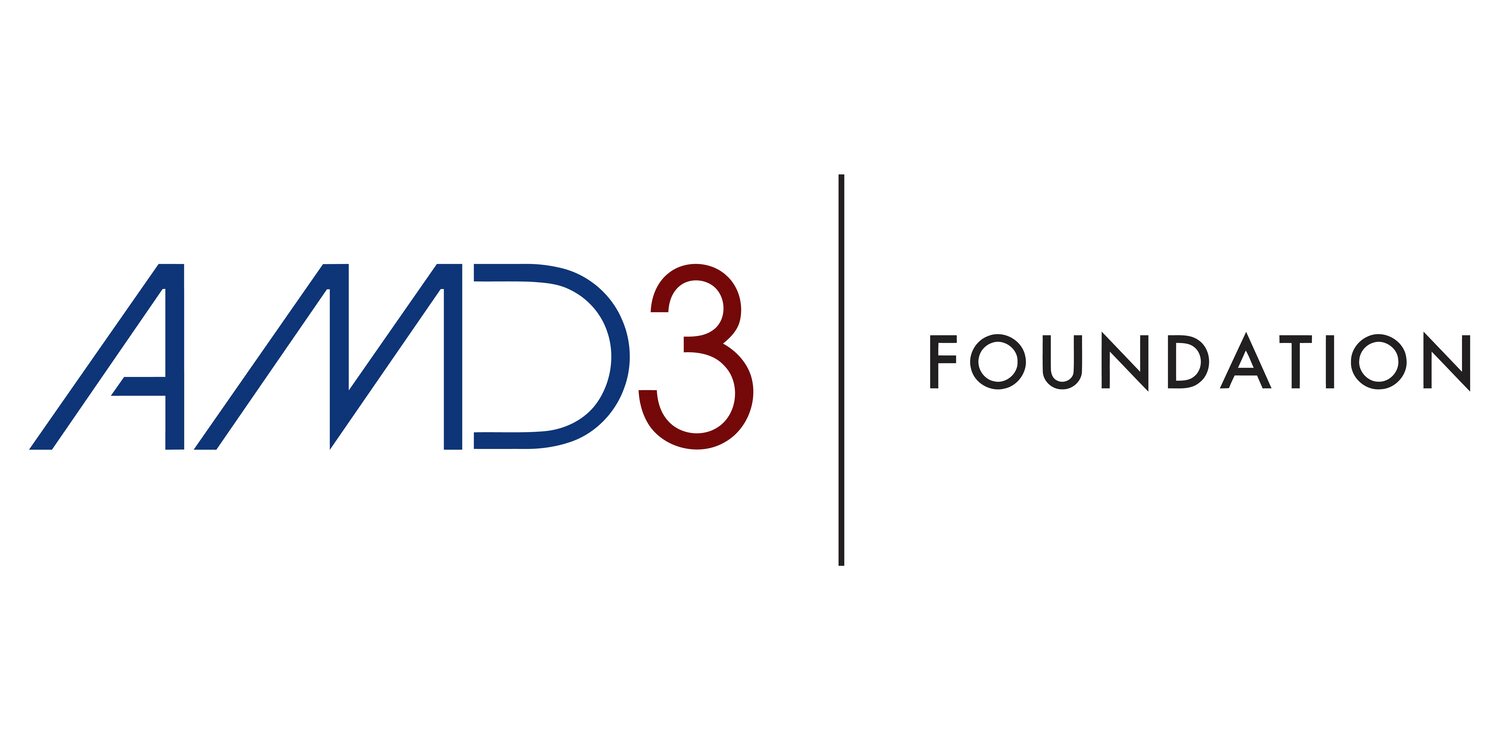What Matters to You, Matters to Us.
Originally published in the Allegheny County Medical Society May 2020 Bulletin
During a time of uncertainty and rapidly evolving change in the health care sector, it is imperative that we center and value what is important to the patients we serve and employees with whom we work.
The gravity of the current international public health crisis has everyone scrambling to figure out what to do and how to feel. New processes, protocols, and safety measures amidst already heightened anxiety adds additional stress onto patients and healthcare employees’ shoulders.
Building care pathways and innovations centered around what matters most to patients and employees are especially crucial during moments when confusion and disarray make people wonder if anyone is listening to them at all.
At the core of our value system is this commitment to listening and respecting one another, even and perhaps especially, during times of crisis. True human-centered co-design begins with understanding what matters to people.
Why Use “What Matters to You?” (WMTY)?
In pressure-filled moments, leaders, team members, and decision-makers need the most current and accurate information possible –– a finger on the pulse of their organization. However, standardized survey data is months old and does not provide actionable feedback.
Through the “What Matters to You” (WMTY) framework, we gain real-time feedback, highlight what is going well, and identify areas to be improved, and why.
Pioneered in 2012 by the Institute for Healthcare Improvement (IHI), What Matters to You” (WMTY) movement began as a shared decision-making framework and has evolved into a malleable and employable tool that promotes better care delivery.
How WMTY Works
At its core, this question switches the traditional dialogue from “What is the matter with you?,” to “What matters to you?”. By flipping the script and reorienting the discussion, WMTY allows for richer, more thoughtful responses that directly connect to opportunities for change.
Unlike the often complicated, sluggish systems that accompany traditional surveying, The What Matters to You? process is simple:
● Ask about patient and employee experiences: what can be improved, and how they would improve it.
● Document data that is in their own words.
● Understand outside factors that affect patient experience across all silos of care: traffic, parking, external stresses, desired community resources, etc.
● Interpret Results to focus resources on what matters.
● Increase value and drive results for all stakeholders.
Gathering, aggregating, and benchmarking real-time qualitative and human-centered data can then be used to increase patient experience and employee satisfaction scores worldwide in various care environments.
Applying WMTY to Care
Data gathered from WMTY reveals themes or areas for improvement as well as benchmark an office or team’s performance in comparison with others using the system.
The open-ended nature of the question and responses foster a rich library of feedback that humanizes otherwise numeric data. Using this system, our partners can uncover not only their places of focus but also enhance quantitative data through the incorporation of powerful, real-life stories.
By gathering and analyzing responses, we can understand not only people’s needs, but uncover other unexpected information that can benefit patient experiences and create more joyful workplaces.
We record and interpret data from WMTY efforts to identify areas of the patient pathway that warrant attention or improvement, which can translate to improved patient experiences.
Employees can also feel empowered by engaging with What Matters to You? as a forum to express thoughts and ideas. Results from WMTY could inform changes or improvements to processes or activities within the organization that most affect frontline staff.
What Matters to You? data can be applied to facilitate improvements in multiple areas, including but not limited to:
● Improved communication processes and protocols
● More efficient workflows and patient pathways
● Increased employee retention
● Improved patient and employee experience scores
● A more caring culture that fosters improvement through the voices of its stakeholders
Ready to Get Started?
In this unique moment of history, it is important that what matters to patients and healthcare workers is listened to, valued, and incorporated into ongoing work.
Healthcare organizations can ensure they are responding swiftly and appropriately by taking into account the needs, concerns, and priorities of patients and employees alike.
By using the What Matters to You? framework as the first step toward achieving this aim, teams can put the human element back into the conversation and co-design care with humans in mind.
